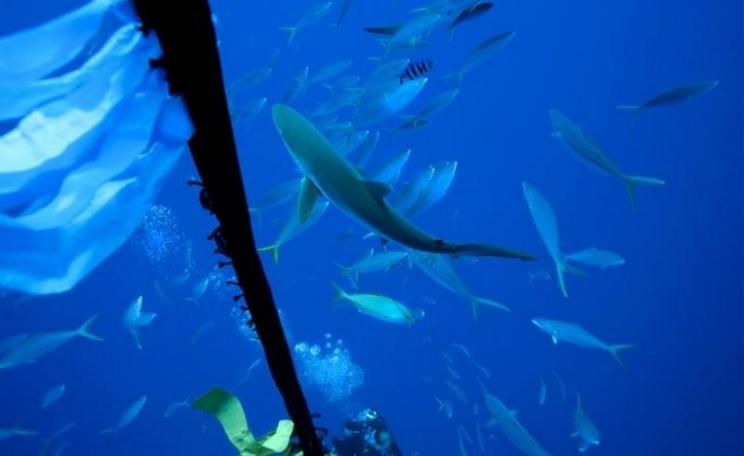Sea level extremes generally change in line with mean sea level trends. But they are also caused by changes in the tides, in the seasonal cycle, in currents in the ocean, and the number of the typhoons impacting on land.
The world's sea level is expected to rise by up to 82cm by the end of the century.
Some areas of the world, such as the north-east coast of North America and the Western Pacific, will be more affected than others.
But in many places this will mean floods are more likely, the cost of coastal protection will rise, and coastal ecosystems will be put in danger.
Yet it isn't just the average sea level that will rise. The biggest risks will come from the fact that the highest sea levels (caused by high tides and weather) will also increase by at least as much as the mean. This is what are seeing so far in many parts of the world.
A potential increase in the frequency and severity of storms could make higher sea-level extremes and their impact even worse. More violent storms could also produce more energetic and higher waves, testing the resilience of ships and offshore structures like oil rigs and disrupting trade. But how serious will these problems be?
Computer models of climate change caused by greenhouse warming indicate that the most devastating tropical cyclones will be between 2% and 11% more intense by 2100. The same models also indicate there will be fewer tropical cyclones overall but more high-intensity cyclones. This leaves us with a rather unclear picture that is further complicated because scientists disagree on whether and how tropical cyclones have been changing over the past 30 or 40 years.
It's complicated
The role of regional climate patterns like the El Niño cycle of wind and sea temperature changes in the Pacific and the monsoons in the Indian Ocean also add to this complexity.
Although we expect climate change to influence these phenomena, they also vary significantly from year to year naturally, making it very challenging to say if any particular extreme event is driven by climate change.
Research we conduct with several collaborators involves examining changes in extreme waves and sea-level records to identify factors that contribute to changes in extremes. This information can then be used to improve computer models of sea level in the hope of making this picture clearer.
Sea level extremes generally change in line with mean sea level trends. But they are also caused by changes in the tides, in the seasonal cycle, in currents in the ocean, and the number of the typhoons impacting on land.
As mentioned, sea level extremes have generally been found to change in line with the observed mean sea level trends. But changes in extremes are also caused by changes in the tides, in the seasonal cycle, in currents in the ocean, and the number of the typhoons impacting on land.
More than just climate change
We found that each of these factors affected the areas studied (the Mediterranean Sea, the Caribbean Sea, and the North Sea) by a different degree. We also found that these factors were not all related to climate change or natural variability.
For example, significant changes in the extremes at the Chinese coasts are linked to changes in regional tides thought to be related to the extensive land reclamation going on to create more space for building. This kind of human influence is distinct from climate change but just as important to the local environment.
Other partners worked on improving the parameters of models of tropical cyclones. This confirmed that previous models underestimated sea level extremes. But what this also means is that climate models that are much less detailed aren't good enough to produce firm conclusions on whether climate change will increase extreme ocean activity.
For example, we know that wave heights in the North Atlantic have increased, partly due to changes in regional atmospheric patterns. But for the Norwegian Sea, the increase has been much smaller since 2000 than previously recorded.
If we want to understand how marine extremes will change in the future, we need to look at each location individually and take into account the specific factors that will affect its extreme ocean activity. We also need more detailed global and regional climate models and a clearer understanding of cyclonic systems to be able to predict changes in the severity and the pathways of cyclones and how they affect extreme activity.
Other environmental factors that could become more extreme, such as temperature, salt levels, oxygen content, acidity and current speeds will also be important in determining the impacts of climate change on the marine environment. But the data we have now doesn't allow us to do such comprehensive analyses.
Until we have a clearer picture, we won't know just how extreme our oceans will become as the climate changes.
Mikis Tsimplis is Professor of law and ocean sciences, University of Southampton![]() .
.
This article was originally published on The Conversation. Read the original article.







